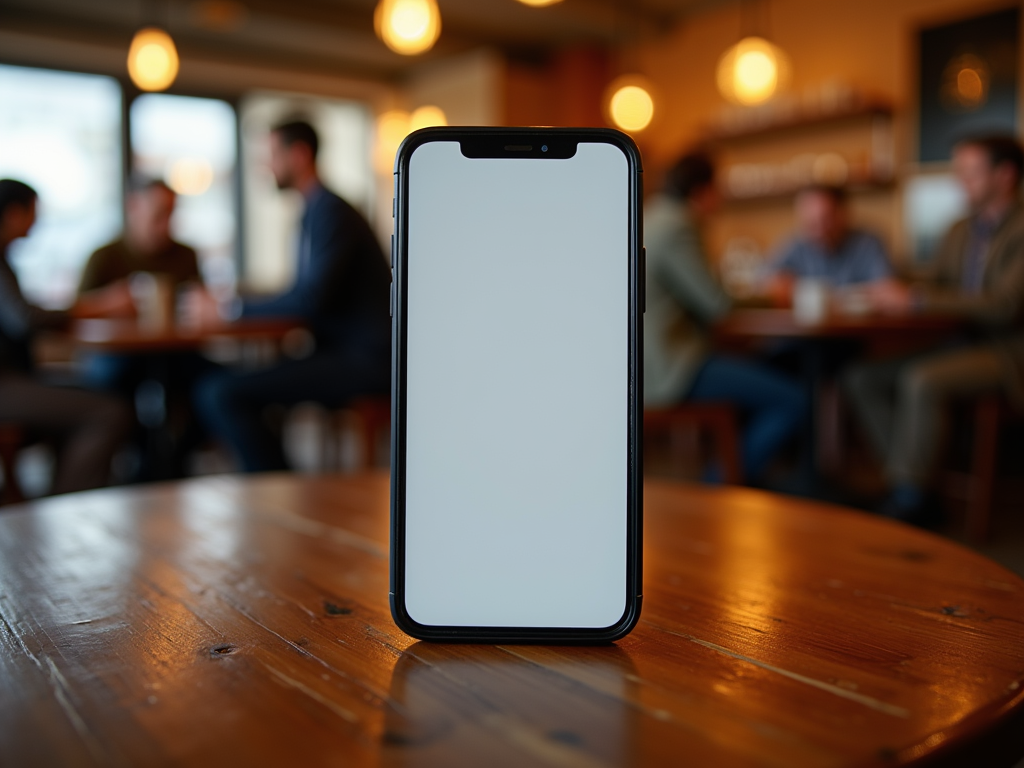Optimizing your marketing strategies for mobile users is essential for reaching today’s audience effectively. With the rise in smartphone usage, it’s imperative to tailor your marketing efforts to meet the unique needs of mobile consumers. This involves focusing on website responsiveness, mobile-friendly content, and specific engagement tactics that keep users interested. By implementing these strategies, you can ensure that your marketing campaigns resonate well with mobile audiences, driving better results and improving overall user experience. Here, we’ll explore several key strategies to help you optimize your marketing approach for the increasingly dominant mobile user base.
Make Your Website Mobile-Friendly

The first step in optimizing for mobile users is to ensure your website is mobile-friendly. A responsive design automatically adjusts layout and content based on the device being used, providing a seamless experience. If your mobile site isn’t user-friendly, potential customers will quickly leave in search of a competitor. Consider the following key elements to enhance your mobile site:
- Responsive Design: Implement a layout that adapts to various screen sizes.
- Fast Loading Times: Optimize images and scripts for faster page loading.
- Touch-Friendly Navigation: Ensure buttons and links are easy to click on mobile devices.
- Clear Call-to-Actions: Use concise and noticeable CTAs to guide users.
By prioritizing these elements, you’ll create a website that not only looks good on mobile devices but also functions efficiently, reducing bounce rates and improving engagement.
Focus on Mobile-Optimized Content

Creating content specifically tailored for mobile users is critical for keeping your audience engaged. Mobile users often scan content quickly on smaller screens, making it essential to present information concisely. Here are some ideas to make your content mobile-friendly:
- Use Shorter Headlines: Aim for clear and catchy headlines that pique interest quickly.
- Break Up Text: Use short paragraphs and bullet points to enhance readability.
- Incorporate Visuals: Integrate images and videos that support your narrative and break textual monotony.
- Implement Multimedia: Utilize audio and video formats that cater to various mobile consumption habits.
By designing your content for a mobile audience, you achieve higher retention rates, improved user satisfaction, and greater chances of conversions.
User engagement is crucial in mobile marketing, and several strategies can enhance interaction with your audience. Implementing features and tactics that cater to mobile users can significantly boost engagement levels. Consider the following strategies:
- Push Notifications: Use push notifications to send personalized messages directly to users’ devices, encouraging them to revisit your app or website.
- Incorporate Social Sharing: Make it easy for users to share your content on social media directly from their mobile devices.
- Utilize Text Messaging Campaigns: Text message marketing can help you reach users directly and offer timely updates or promotions.
- Host Mobile-Friendly Contests and Polls: Engaging users through interactive campaigns can increase their connection to your brand.
By implementing these tactics, you can foster a community around your brand and increase user loyalty.
Utilize Analytics to Monitor Mobile Performance
Analytics play a pivotal role in optimizing your marketing strategies for mobile users. Understanding how mobile visitors interact with your site can reveal areas that require attention. Utilize tools like Google Analytics to track specific metrics such as:
- Mobile Traffic: Analyze trends in mobile traffic compared to desktop traffic.
- Conversion Rates: Monitor how effectively mobile users are completing desired actions.
- Page Load Times: Identify if any mobile pages are loading slower than average.
- User Behavior: Study how users navigate through your mobile website or app.
Continual monitoring of these stats enables you to optimize further, thereby enhancing user satisfaction and efficiency in your marketing efforts.
Leverage Local SEO for Mobile Strategies
Local SEO is particularly important for mobile marketing, as many users search for nearby businesses on their smartphones. Optimize your online presence to attract local mobile users by focusing on these elements:
- Google My Business: Set up a Google My Business profile to improve visibility in local search results.
- Local Keywords: Incorporate local keywords into your content to boost search rankings.
- Reviews and Ratings: Encourage satisfied customers to leave positive reviews, increasing your credibility.
- Location-Based Ads: Consider running location-targeted ad campaigns to directly reach users near your business.
By enhancing your local SEO efforts, you can connect more effectively with mobile users, increasing foot traffic and conversions.
Conclusion
In conclusion, optimizing your marketing strategies for mobile users is not just a trend but a necessity in today’s digital landscape. By focusing on mobile-friendly design, creating specific content for mobile devices, enhancing user engagement, employing analytics for performance tracking, and leveraging local SEO, your marketing efforts can achieve greater success. Embracing these practices ensures that your brand stays relevant and effectively reaches a broader audience. As mobile usage continues to grow, adapting your strategies will lead to improved customer experiences and higher conversion rates.
Frequently Asked Questions
1. Why is mobile optimization important for marketing strategies?
Mobile optimization is crucial due to the high volume of consumers using smartphones for browsing. If your website isn’t mobile-friendly, you risk losing potential customers to competitors.
2. What is responsive design?
Responsive design is a web design approach that creates websites that adjust their layout and content based on the screen size of the device being used, ensuring a consistent user experience.
3. How can I improve my website’s loading speed on mobile?
You can improve loading speed by optimizing images, reducing server response time, enabling browser caching, and minimizing HTTP requests.
4. What metrics should I track for mobile performance?
Key metrics include mobile traffic, bounce rates, conversion rates, user behavior, and page speed to help you understand mobile performance and user engagement.
5. How can local SEO benefit my mobile marketing strategy?
Local SEO helps to improve your visibility in local search results, making it easier for mobile users to discover your business and increasing foot traffic and conversions from nearby customers.
